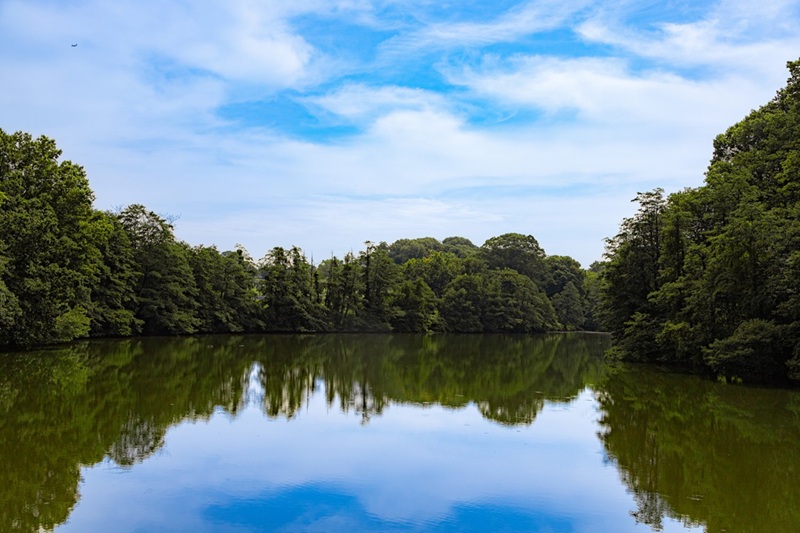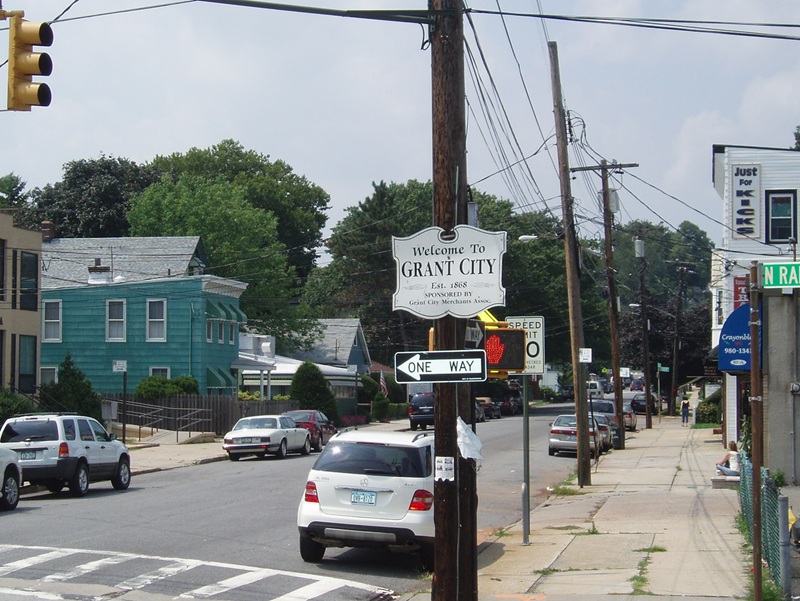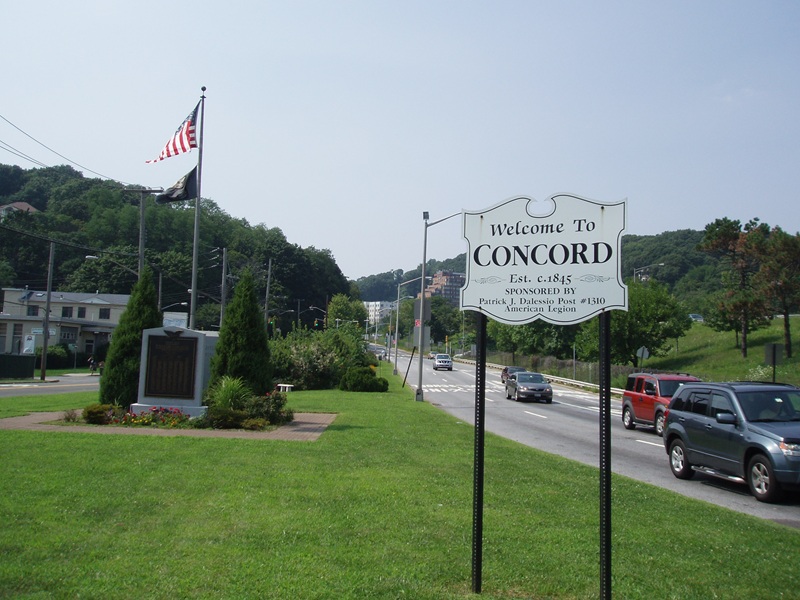
Clove Lakes Park, located in the Sunnyside neighborhood of Staten Island, is one of the most cherished green spaces in New York City. Spanning across 198 acres, this beautiful park offers an escape into nature while providing a variety of recreational activities for locals and visitors alike. The park’s name is derived from the Dutch word kloven, meaning “cleft,” which refers to the valleys formed by glaciers around 20,000 years ago, creating the park’s distinctive topography.
Natural Beauty and Wildlife
The park is home to three scenic lakes—Clove Lake, Martling Lake, and Brooks Lake—interconnected by streams and surrounded by lush woodlands. These bodies of water serve as habitats for a diverse range of wildlife. The lakes are popular among anglers, who can catch species such as largemouth bass, bluegill, and carp. Birdwatchers are treated to sightings of red-tailed hawks, mallards, herons, and cormorants, while turtles, frogs, and other amphibians can often be spotted near the water’s edge.
The park is also home to mammals such as squirrels, muskrats, and cottontail rabbits. Its serene environment offers the perfect place for nature lovers to appreciate Staten Island’s natural ecosystem.
Recreational Activities
Clove Lakes Park offers a wide range of activities for all ages and interests. Visitors can enjoy a network of trails for hiking and jogging, with paths winding through picturesque woodlands and around the lakes. The park’s 5-kilometer cross-country running trail, which was reconstructed in 2020, is a popular spot for athletes and outdoor enthusiasts.
Sports lovers will find plenty to do with baseball fields, soccer fields, basketball courts, and football fields scattered throughout the park. For children, two playgrounds provide ample space for play, while adults can stay active in the fitness area.
During the winter months, the Staten Island War Memorial Ice Skating Rink offers an outdoor skating experience surrounded by the park’s stunning winter landscape. During the summer, boating is available on Clove Lake, and a former boathouse has been transformed into a popular restaurant, providing an idyllic dining experience.
Historical and Ecological Significance
Clove Lakes Park’s development began during the early 1930s as part of New York City’s Emergency Work Bureau initiatives during the Great Depression. Many of the park’s stone bridges were built at this time using local fieldstone, contributing to the park’s historic charm. The Field House, a building designed by architect O.A. Madsen, was constructed to provide amenities and facilities. This structure was later renamed “Stonehenge” and now houses NYC Parks’ Staten Island borough offices.
In addition to its historical features, Clove Lakes Park is designated as a Forever Wild site, which helps protect its unique ecological features. Among these is the “Clove Lakes Colossus,” a massive tulip tree that is estimated to be more than 300 years old and possibly the largest single-trunked tree in the city. The park’s serpentine rock outcroppings and diverse plant and animal species make it an ecological gem in the heart of Staten Island.
Visiting Clove Lakes Park
The park is open year-round, offering a space for outdoor activities throughout the seasons. Public transportation options, including the Staten Island Ferry and local buses, make it easy to visit. Whether you’re interested in hiking, sports, wildlife watching, or simply enjoying a relaxing afternoon by the water, Clove Lakes Park provides a peaceful retreat from the city hustle.
With its blend of natural beauty, historical significance, and recreational opportunities, Clove Lakes Park is an essential part of Staten Island’s cultural and ecological landscape. It remains a favorite destination for both locals and tourists looking to experience the tranquility and charm of one of New York City’s hidden gems.

